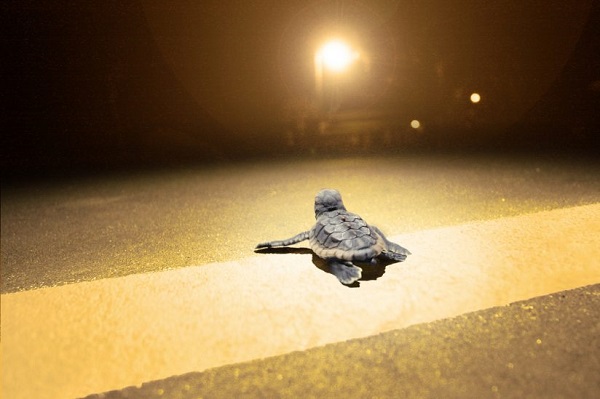Human Centric Lighting addresses the influences of light on the human body and is used to develop innovative lighting technologies for diminishing the negative effects of artificial lights and enhancing the wellbeing of people. Aside from the human body, scientists have also studies the impacts of artificial lights on wild animals. By looking into the ecological effects of different light through different spectrums, a research has been able to develop an approach to cut down their adverse effects on wildlife.

(Image:Blair Witherington)
The development of LED technology provides a wider range of light spectrums, offering more options for lighting applications. With an understanding of the different specturms, Travis Longcore, an urban ecologist at the University of Southern California, has led his team to measure 26 LED lighting products to predict the effects of different spectral profiles without actually performing tests on animals.
The research team collected published data and estimated the possible responses of light-sensitive creatures such as sea turtles, insects and fishes on a range of lamp types and light sources. With the calculated numbers, the team developed an index to identify different lamps with their predicted effects following indices of ecology, physiology and astronomy.
The result of the study indicates that filtered yellow-green and amber LEDs may have lower effects on wild animal compared with high pressure sodium lamps. Blue-rich lighting, on the contrary, would have greater effects.
The aim of the research is to build up a data base for lighting designers and communities responsible for installing public lighting systems. Based on the information provided by the study, they could choose different options with new lighting technologies that have less negative influences on wildlife.
For the full paper: https://onlinelibrary.wiley.com/doi/full/10.1002/jez.2184
Longcore, T., Rodríguez, A., Witherington, B., Penniman, J. F., Herf, L., & Herf, M. (2018). Rapid assessment of lamp spectrum to quantify ecological effects of light at night. Journal of Experimental Zoology Part A: Ecological and Integrative Physiology.





 CN
TW
EN
CN
TW
EN






